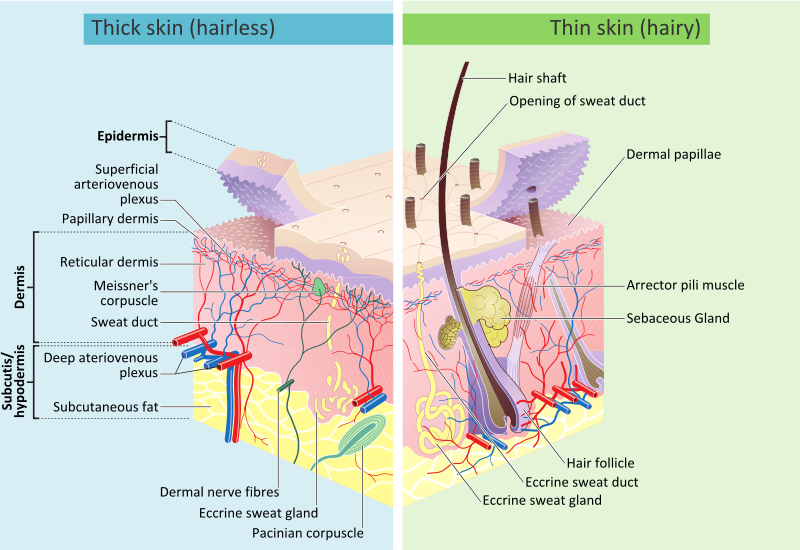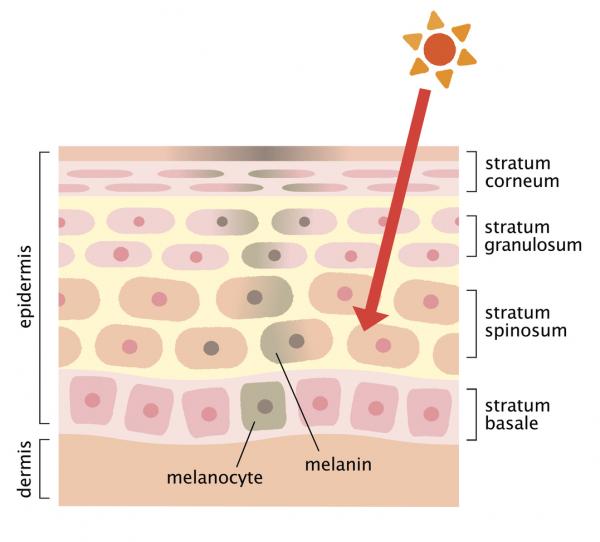New research looks at how 3D printed skin can be made from a patients own cells and used as a skin graft or other medical treatments.
Composed of three primary layers, each containing an eclectic mix of tissues, human skin, though unassuming to the naked eye, is an incredibly complex organ.
With a natural layer by layer composition, the skin lends itself to fabrication by 3D printer. The main challenge is developing a way of combining multiple skin tissues at once.

Catching all the layers
Several existing skin regeneration studies have focused on 3D bioprinting with keratinocyte and fibroblast cells capable of developing most of the organ’s necessary tissues. Melanocytes however, that give skin its pigment and UV protection, have been largely overlooked.
Studying for a Masters degree in biomedical engineering at the University of Texas at El Paso (UTEP) Corinne Nicole Wittmann made melanocyte 3D bioprinting the subject of her thesis.
Advanced skin grafts
Citing the common uses of skin replacement, e.g. burn treatment, skin cancer removal, skin infection, Wittmann states, “A possible solution to lessen the risks and issues associated with skin grafts is to use a 3D printer to print functional skin tissue made from the patient’s own cells.”
She explains, “The purpose of this research is to explore bioprinting melanocytes as the first step toward ultimately incorporating them with keratinocyte and fibroblast cells to produce skin, which is capable of developing pigmentation when exposed to UV light.”

Experimental section
To conduct the study, four melanocyte test groups were prepared in collagen and exposed to UV radiation. Afterwards, the cell samples were analyzed for pigment producing melanin.
Impressively, the bioprinted samples closely followed the results of samples manually seeded on collagen. The cells showed significant growth, and successfully retained melanin content after UV exposure.
The next step is to be able to print the melanocytes alongside other cell types.
How close are we to truly complex 3D bioprinted skin?
There are a number of possible approaches to multimaterial 3D bioprinting in exploration around the world.
Researching the technology’s application to treat burn wounds in the military, the Wake Forest Institute for Regenerative Medicine has developed a method that can print cells directly on the skin.
A novel method using commonly used transwell inserts has been demonstrated by researchers at Pohang University of Science and Technology, Korea, and cosmetics company L’Oréal has a high-profile skin bioprinting partnership with Organovo.
The Masters thesis discussed in this study, Production and Functionality of Melanocytes for Use in 3D-Printed Pigment-Capable Skin Tissue, can be viewed online via ProQuest.
Find more of the latest 3D bioprinting research on Facebook, Twitter and in our free newsletter. 3D printing jobs and events can be found here.
Featured image: The human skin is arranged in blocky cell patterns. False colored SEM image via Seattle PI



